The barren sands between the coastal villages of Newburgh and Collieston have a stark, otherworldly feel about them.
Huge dunes dominate the landscape, reducing walkers to tiny specks as they explore.
While the area teems with wildlife, it’s devoid of a human population.
However, people did live at the edge of Forvie’s shifting sand dune system for hundreds of years, possibly as far back as the 700s.
There was once a thriving community here, with inhabitants able to easily source everything they needed – there was a fresh burn nearby, access to shellfish at the beach, heather for thatching roofs, and plenty of fertile land to farm.
But with the dunes migrating into the area, life became increasingly intolerable for residents.
Abandoned
Legend has it that Forvie village was abandoned after a catastrophic nine-day storm in August 1413.
It was said to have engulfed the houses in sand, leaving only the haunting, half-submerged shell of the kirk.
I’ve long enjoyed exploring this scenic, windswept coastline, whether a jaunt along the beach, or a stroll north, past the ‘lost’ village, to gorgeous Hackley Bay.
As 2023 kicked into action, I set off with my dog Toby for one of the first ‘proper’ walks I’d had in months, thanks to an ankle injury.
Progress was slower than normal, but that gave me time to take in the stunning, if somewhat desolate, landscape.
Through the trees
Starting off at Waterside car park just north of Newburgh, we headed through a copse of trees, turning left away from the estuary and onto a farm track.
We soon came upon an old railway carriage, once used as a base for the local model flying club, now in a state of dilapidation.
Once through a gate, we made our way uphill through grassy dunes and heath-land, with views of the North Sea and distant wind farm opening before us.
After around 20 minutes, the track split – left to the village or straight onto the beach. With the sun dipping, we headed down to the shore to check out the views first.
The sunset was absolutely breathtaking, the golden rays of the giant ball of fire working their winter magic and reflecting off the cold, silvery water.
Salmon bothy
En route to the village, we passed the ruins of Rockend salmon bothy, its fireplace still visible.
Even in the early 1990s, long after sand had crept up its walls, it was still a working site, but with the decline in salmon came the demise of the fishing industry.
The village itself is long gone, but archaeologists who excavated the site in the 1950s described it as several long rectangular huts “built of roughly-shaped stones and red clay” – and the foundations may still be preserved under the sand.
The ruined church – St Adamnan’s Kirk – today serves as the only reminder of the community.
From around 1100, Forvie locals came here to pray, hear sermons and bury their dead. But by the late 1600s it was covered by sand.
Archaeological finds
Human remains were found here in 2007, indicating that a graveyard once lay to the south and west.
Other archaeological finds included coins, fragments of medieval pottery, remnants of stained glass windows and the granite baptismal font.
Celtic saint
The kirk is thought to have been founded in the 7th century by the Celtic Saint Adamnan, who went on to become third Abbot of Iona and biographer of St Colomba.
Every year a service commemorating his life is held in the ruins, with worshippers often battling gales and rain to reach the atmospheric spot.
Another legend holds that the village was cursed in 1391 by three sisters who’d been driven out to sea in a leaky boat to deny them their inheritance.
When they reached land, they prayed for the land to be made worthless. The story goes the curse said: “Let nought be found in Forvie’s glebe, but thistle, bent (marram grass) and sand.”
And, of course, what happened? A storm raged for nine days until the village was buried under the sand…
Shifting sands
The towering dunes continue to shift and migrate – and the landscape here has been likened to the Sahara desert.
This ever-changing environment is an important habitat for birds, and in fact, Forvie boasts the largest breeding population of sandwich terns on Scotland’s east coast.
It’s a haven for seals, too. The best vantage point is near the mouth of the River Ythan at Newburgh where they come ashore to rest at a large “haul-out”.
Another legend holds that the village was cursed in 1391 by three sisters who’d been driven out to sea in a leaky boat to deny them their inheritance.”
Certainly, Forvie is a great place to go if you want to blow off any festering festive cobwebs.
Learn about history, check out the wildlife, collect driftwood, and be constantly reminded that the wind and the tide are king and queen!
- The Sands of Forvie boasts the fifth-largest sand dune system in Britain. For more information see nature.scot
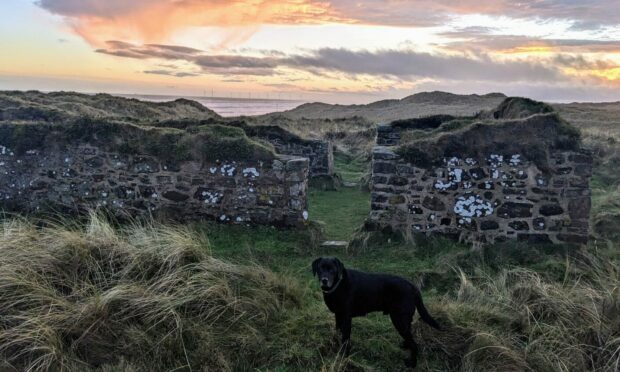
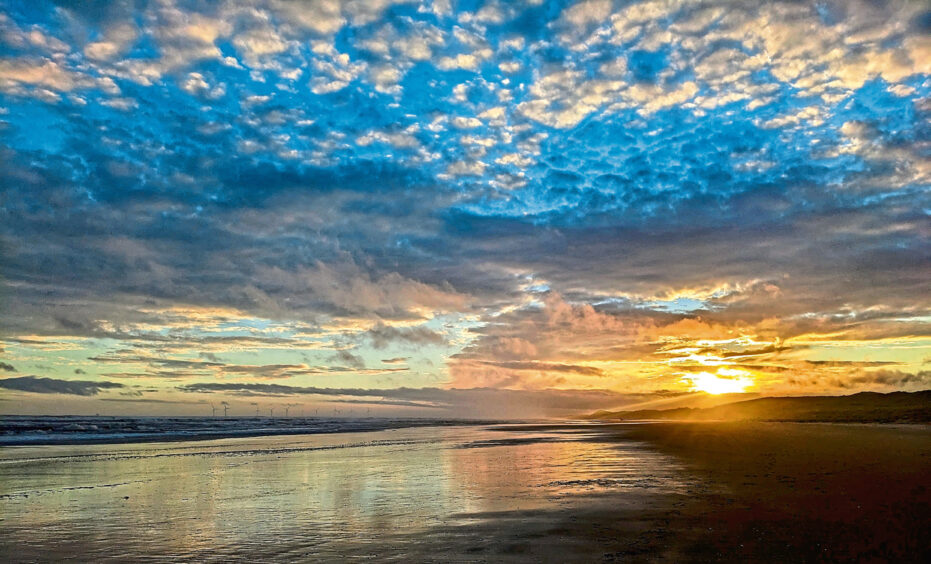
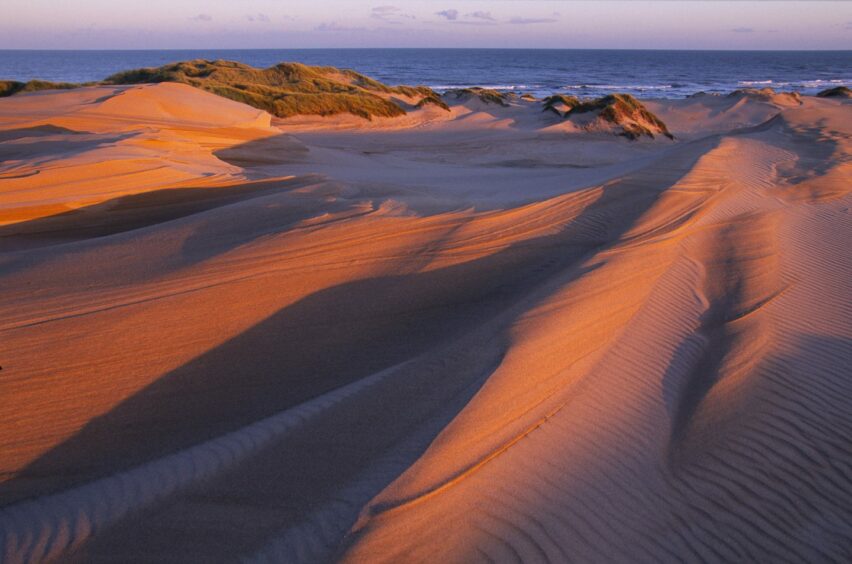
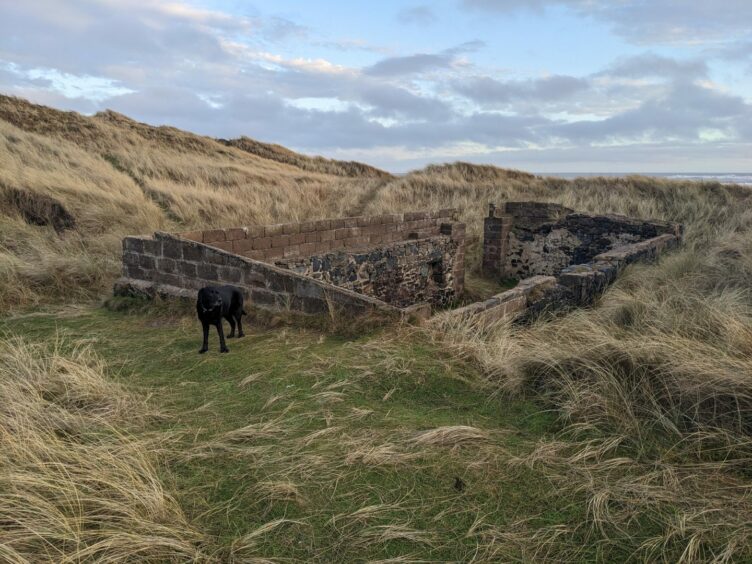
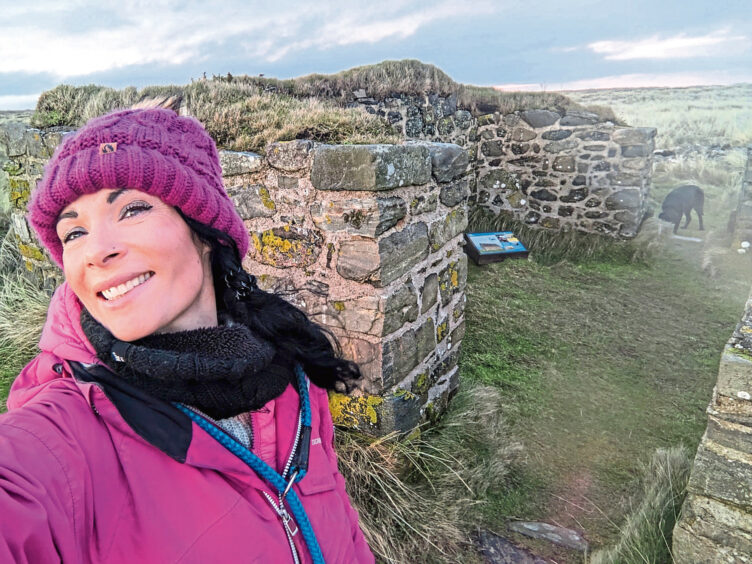
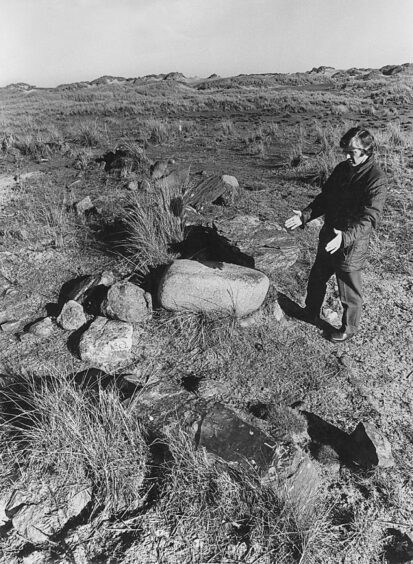
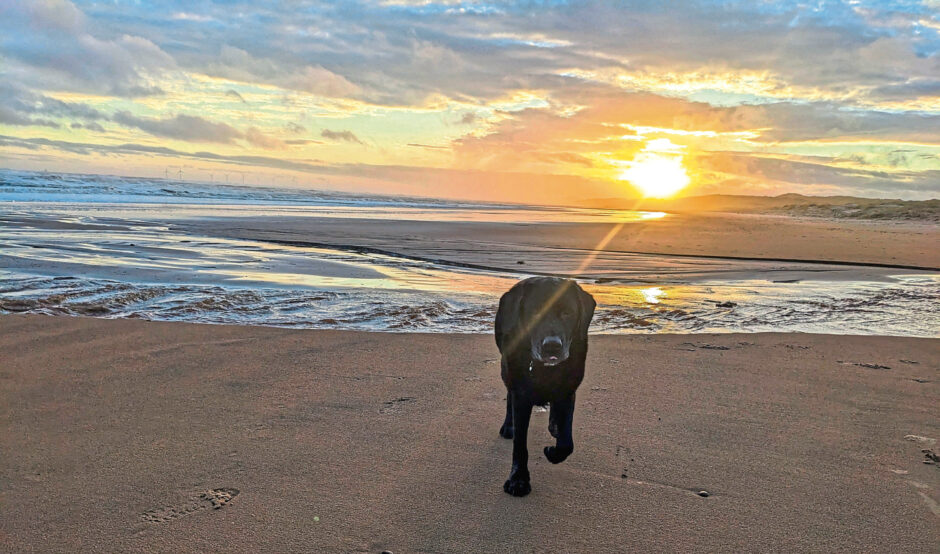
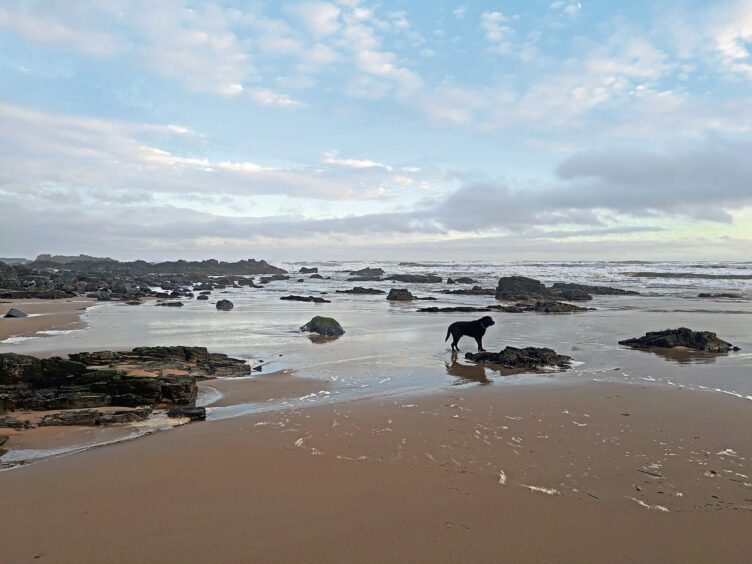
Conversation